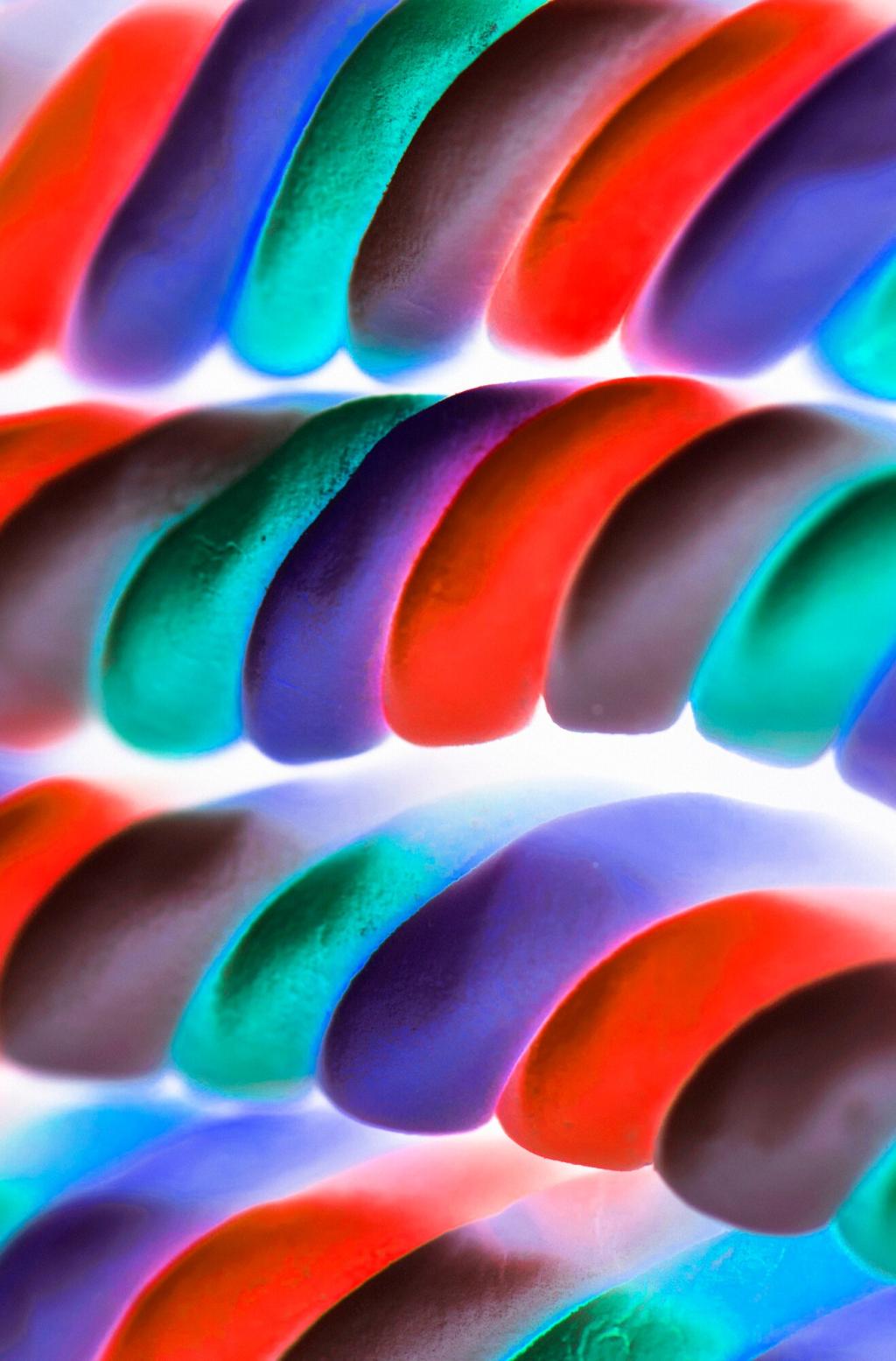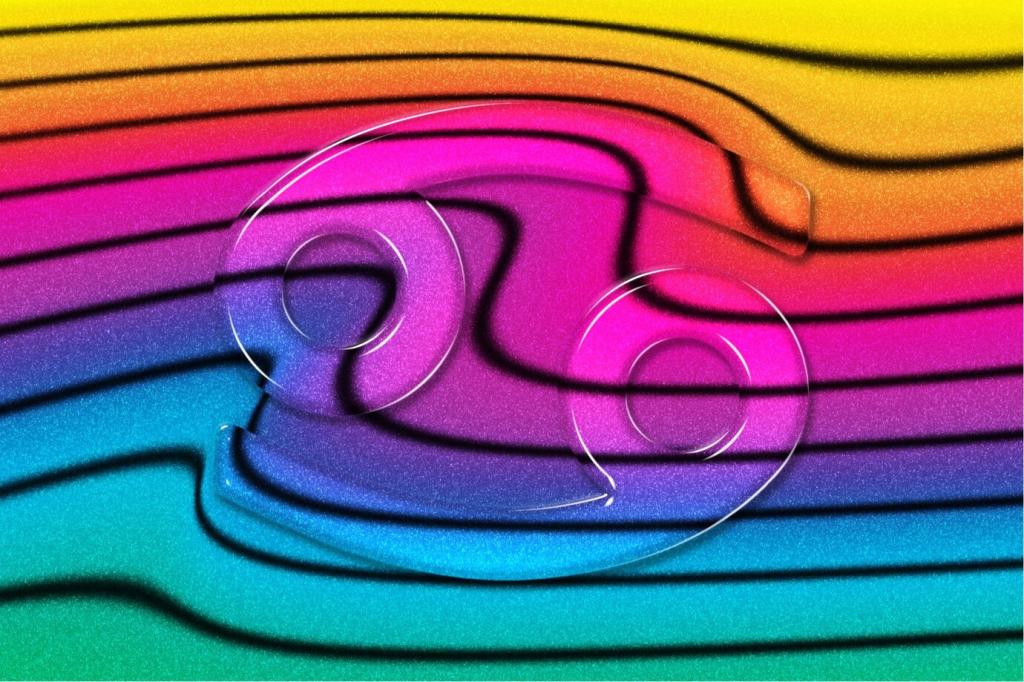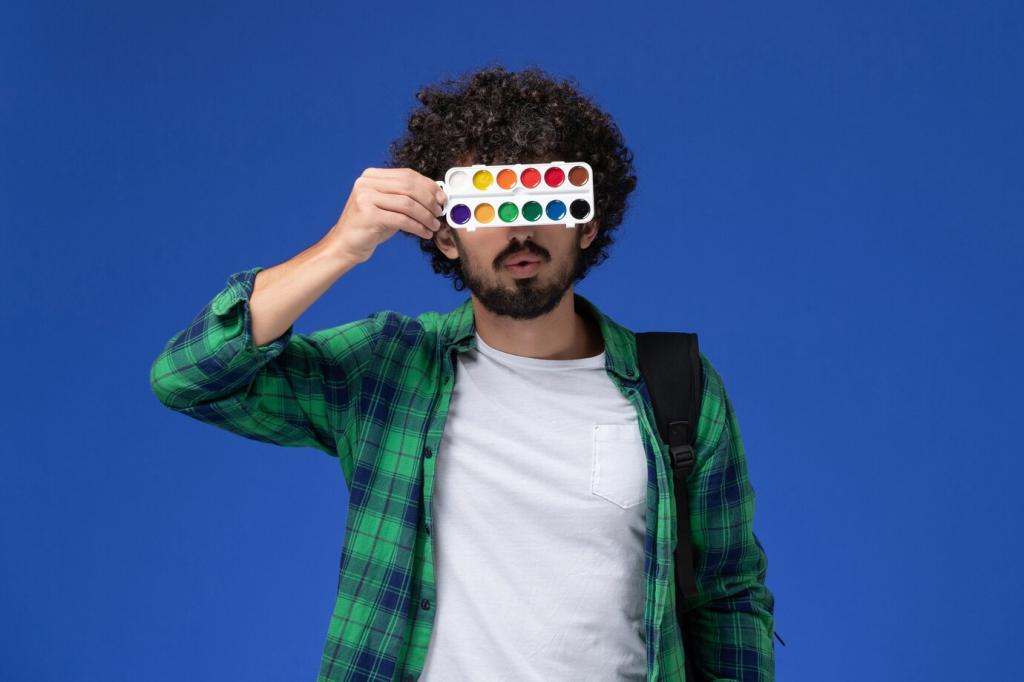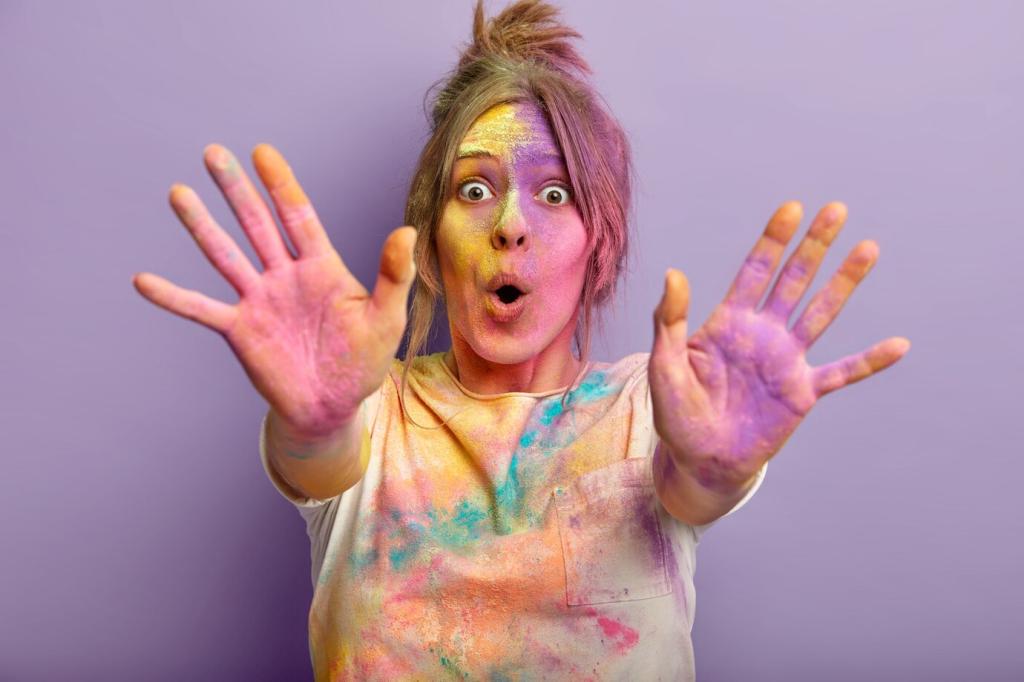Culture, Identity, and Color Meaning
Red can signal celebration or warning; white can whisper clarity or mourning. When selecting chair shells and storage fronts, invite diverse team input. These nuances ensure your mood goals land as care, not confusion.
Culture, Identity, and Color Meaning
Brand blues may be iconic, yet a full sea of brand color can drain variety and mood flexibility. Blend identity accents with supportive neutrals, allowing teams to feel both proud and psychologically comfortable throughout the day.









